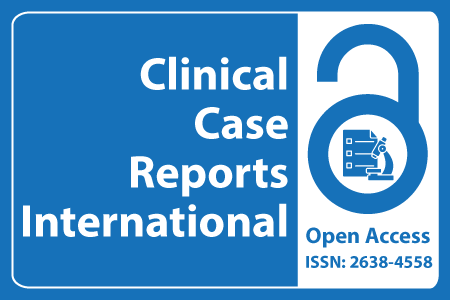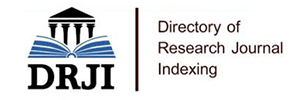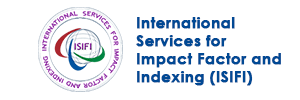
Journal Basic Info
- Impact Factor: 0.285**
- H-Index: 6
- ISSN: 2638-4558
- DOI: 10.25107/2638-4558
Major Scope
- Ophthalmology
- Atherosclerosis
- Pain Management
- Pulmonary Medicine
- Hepatology
- Pathology
- Epilepsy and Seizures
- Orthopedic Sugery
Abstract
Citation: Clin Case Rep Int. 2022;6(1):1417.DOI: 10.25107/2638-4558.1417
Pheochromocytoma in Pregnancy: A Multidisciplinary Challenge and a Proposed Management Algorithm
Mahajna M*, Weinstein J, Samueloff A, Ioscovich A, Neumann M, Reissman P, Frankel M, Ofer B and Grisaru-Granovsky S
Sharee Zedek Medical Center, Jerusalem, Israel
*Correspondance to: Mahajna Muhammed
PDF Full Text Case Report | Open Access
Abstract:
Background: Pheochromocytoma [PHEO] in pregnancy is extremely rare. A late diagnosis, unplanned pregnancy course and delivery are related to a 40% to 50% maternal and fetal mortality risk. Conversely, early detection and treatment significantly reduces both to 5% to 15%. Based on a literature review and our implications for the present case report, we suggest a multidisciplinary diagnosis and management algorithm PHEO in pregnancy. Case Report: A 35-year-old primigravida at 27+1 weeks of Gestation [GA] presented with headache and previously diagnosed chronic Hypertension [HTN] aggravation. Complete evaluation ruled out pregnancy related HTN. A high suspicion level for an alternative cause for HTN was raised. Appropriate imaging studies revealed a heterogenous mass adjacent to the left adrenal 8 cm × 7 cm in diameter, highly suspicious for adrenal tumor. Elevated urine catecholamines confirmed the diagnosis of PHEO. A multidisciplinary team was formed and a joint decision for disease control and delayed surgery until after delivery was taken. Blood pressure control was achieved by a combined alpha and beta-adrenergic blocker approach at levels of 135-140/80-90. Antenatal steroids for fetal lung maturation were administered with concurrent 24 h BP Holter. Her condition remained stable and at 32+0 GA a planned cesarean section delivery using a minimal intraperitoneal handling technique under neuraxial anesthesia. A male newborn of 1,960 g was delivered, 1’/5’ Apgar score 6/9. The medical therapy was continued with lower BP goals and a planned laparoscopic adrenalectomy performed after 2 weeks of postpartum recovery. The mother and child were discharged in good condition. Conclusion: The maternal and fetal lethal consequences of PHEO during pregnancy may be prevented by a high index of suspicion for the diagnosis and following a multidisciplinary algorithm of management, adapted to the individual patient, mainly based on achievement of BP control and the gestational age.
Keywords:
#
Cite the Article:
Mahajna M, Weinstein J, Samueloff A, Ioscovich A, Neumann M, Reissman P, et al. Pheochromocytoma in Pregnancy: A Multidisciplinary Challenge and a Proposed Management Algorithm. Clin Case Rep Int. 2022; 6: 1417.













